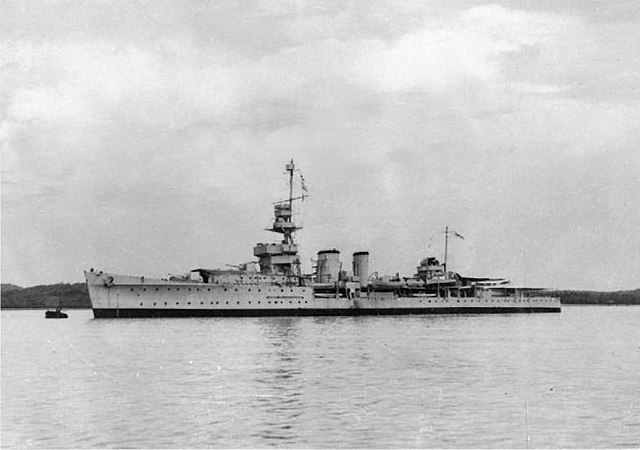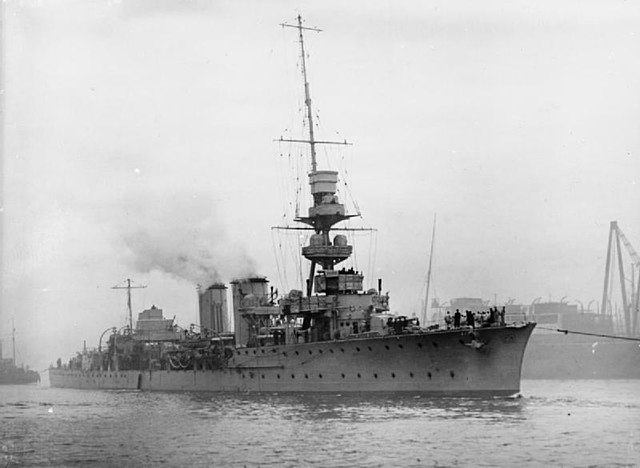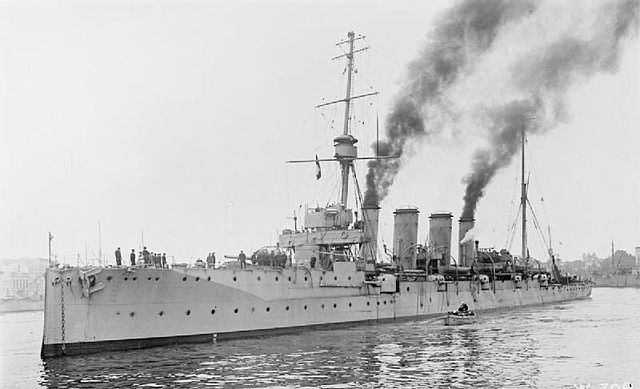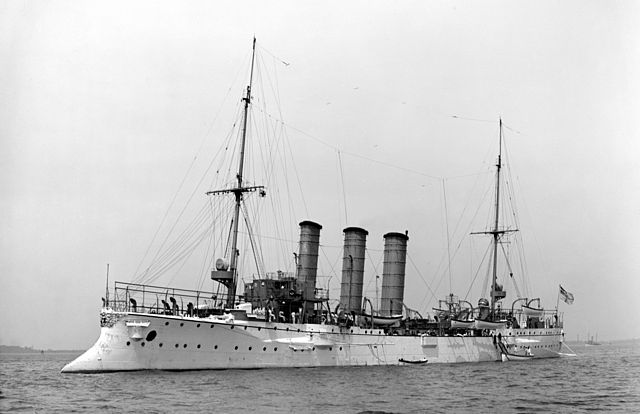The C class was a group of twenty-eight light cruisers of the Royal Navy, and were built in a sequence of seven groups known as the Caroline class, the Calliope class, the Cambrian class, the Centaur class, the Caledon class, the Ceres class and the Carlisle class. They were built for the rough conditions of the North Sea, and proved to be rugged and capable vessels, despite being somewhat small and cramped.
Capetown, circa 1922
HMS Carysfort
HMS Centaur (1916)
HMS Calypso
A light cruiser is a type of small or medium-sized warship. The term is a shortening of the phrase "light armored cruiser", describing a small ship that carried armor in the same way as an armored cruiser: a protective belt and deck. Prior to this smaller cruisers had been of the protected cruiser model, possessing armored decks only. While lighter and smaller than other contemporary ships they were still true cruisers, retaining the extended radius of action and self-sufficiency to act independently around the world. Cruisers mounting larger guns and heavier armor relative to most light cruisers would come to be known as heavy cruisers, though the designation of 'light' versus 'heavy' cruisers would vary somewhat between navies. Through their history light cruisers served in a variety of roles, primarily as convoy escorts and destroyer command ships, but also as scouts and fleet support vessels for battle fleets.
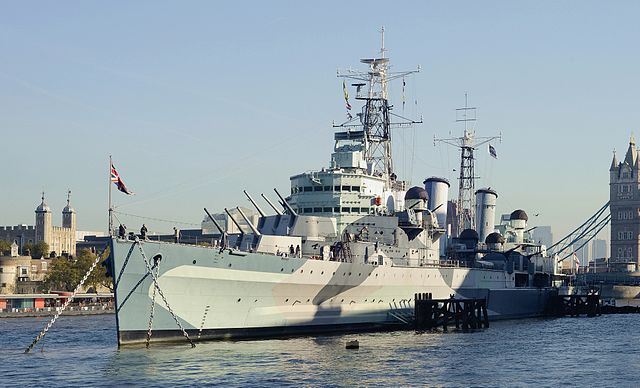
HMS Belfast, one of the last surviving light cruisers. She carries 12 6-inch guns and displaces 11,553 tons – "light" in World War II referred to gun size, not displacement.
HMS Mercury
HMS Gloucester, one of the Town class, in 1917
SMS Bremen

